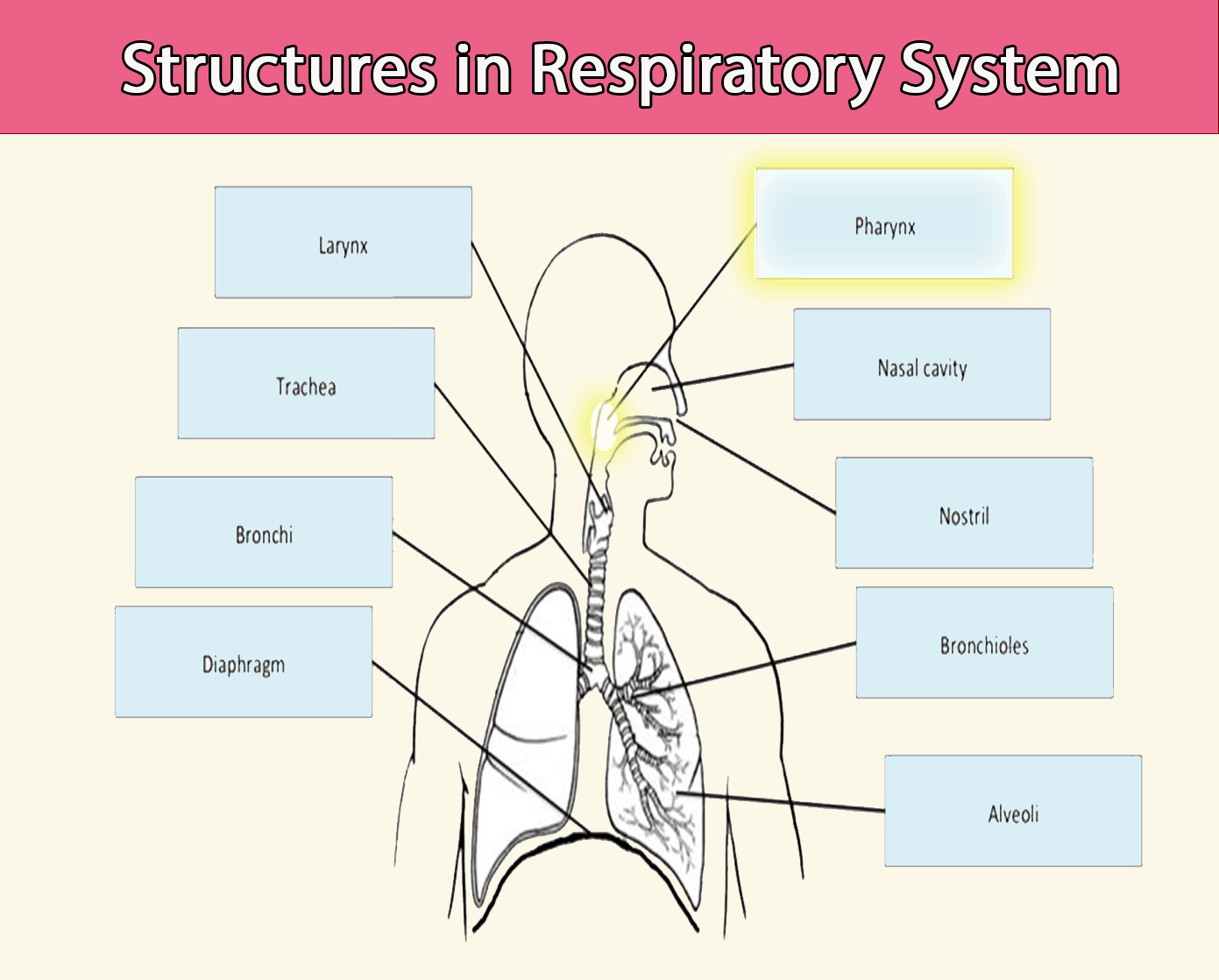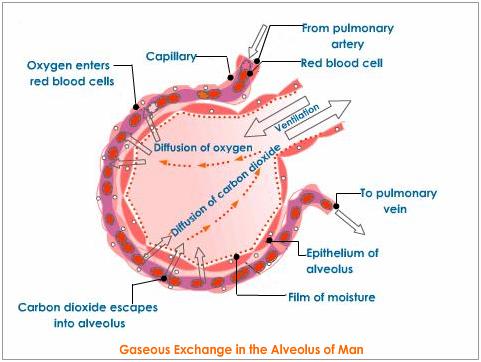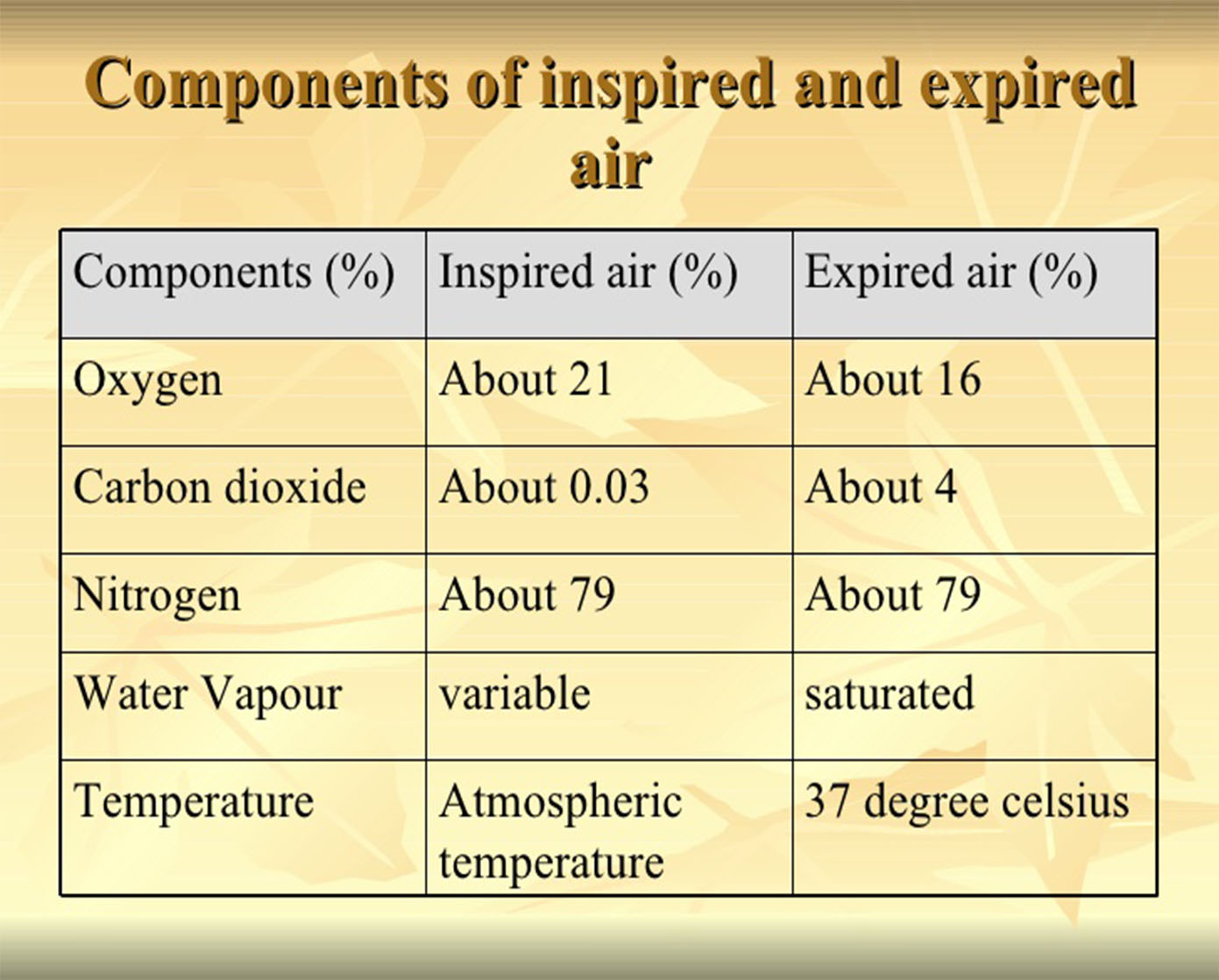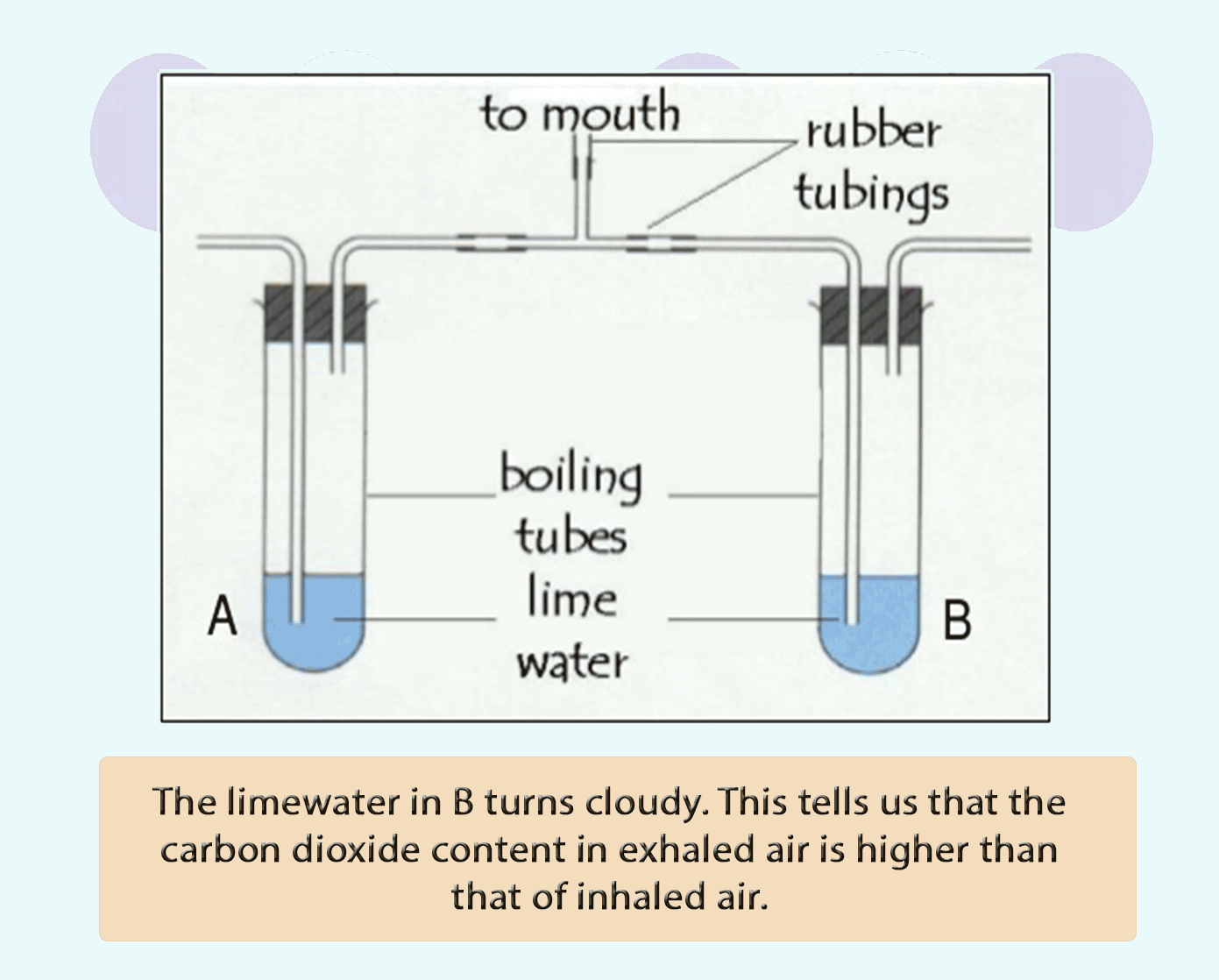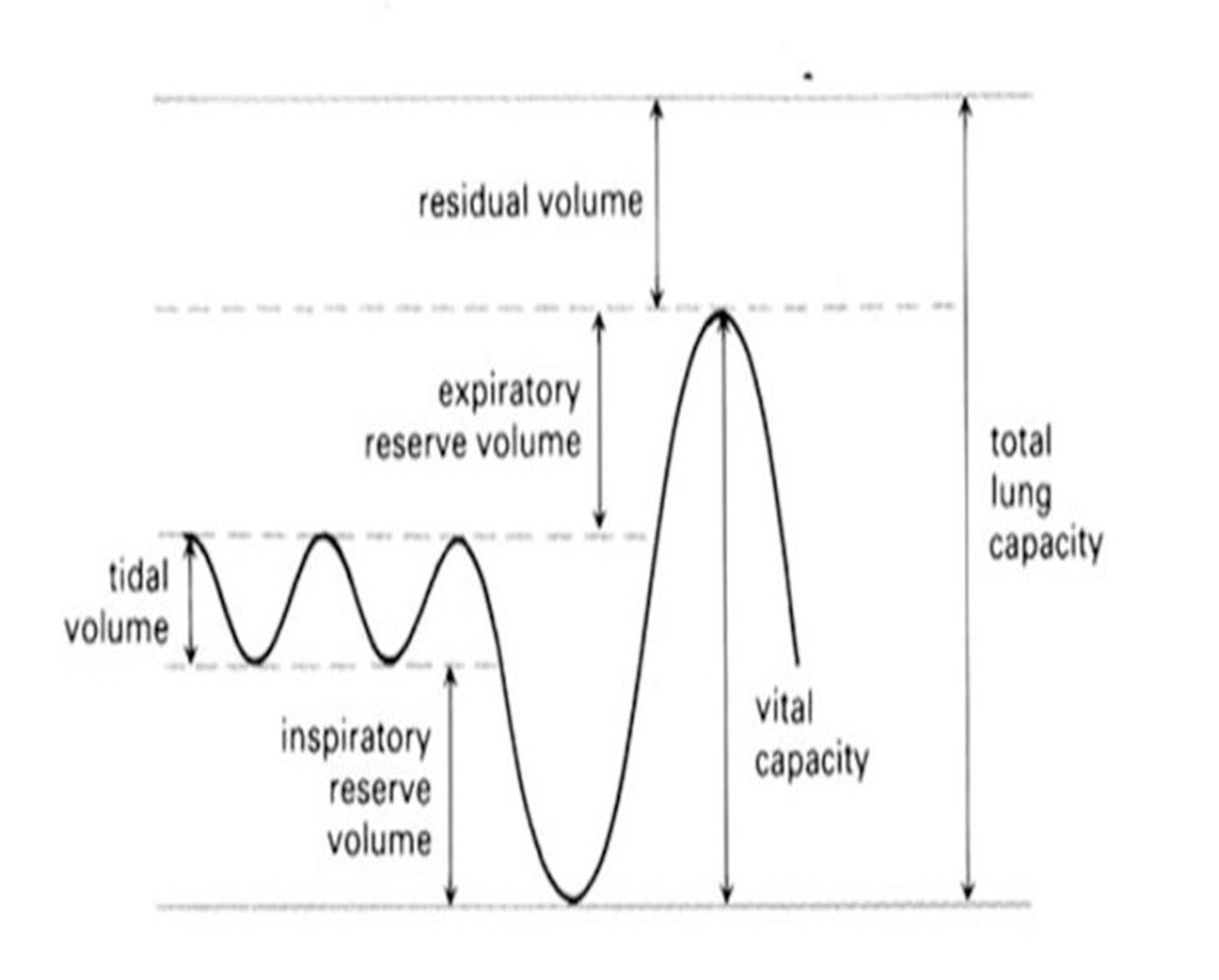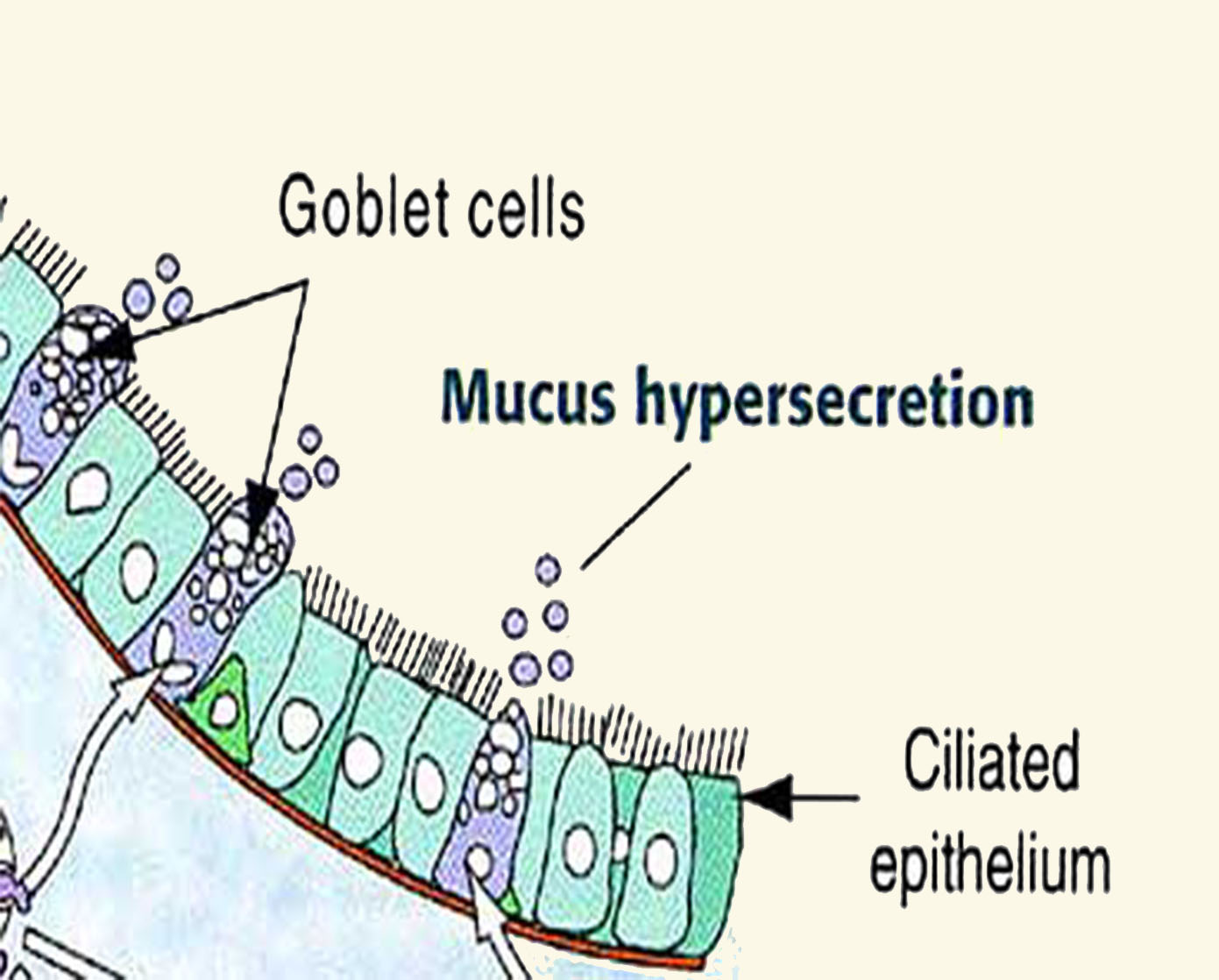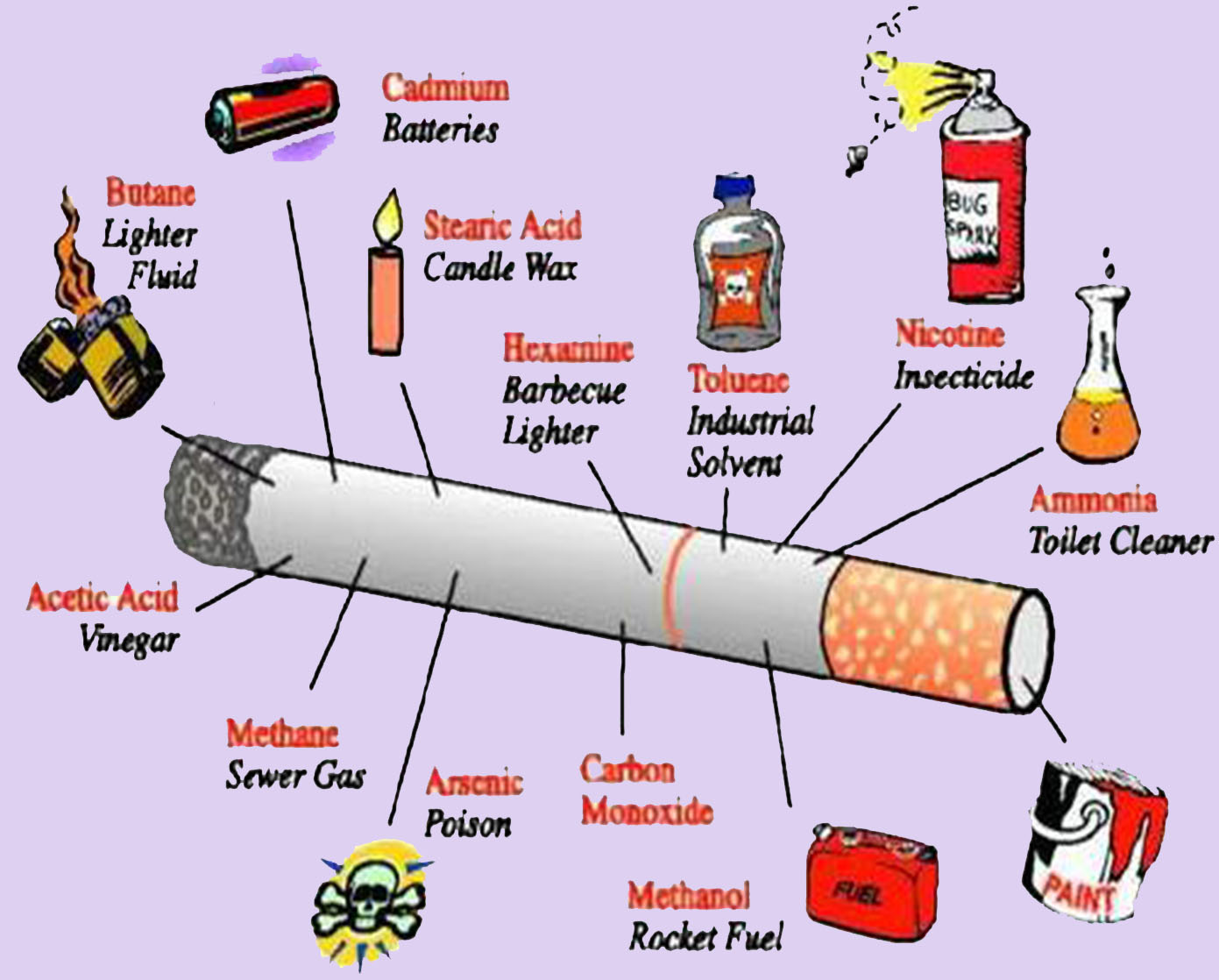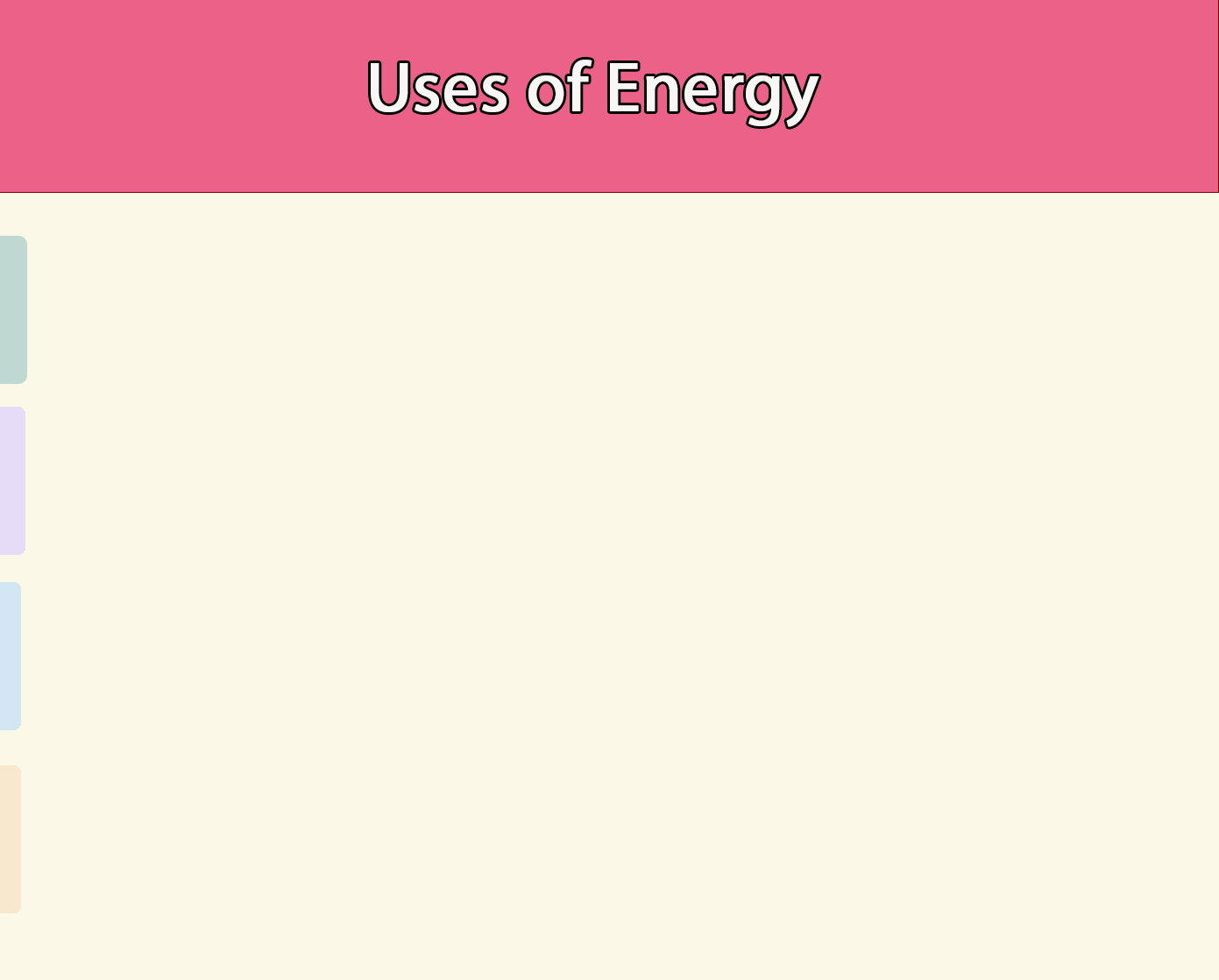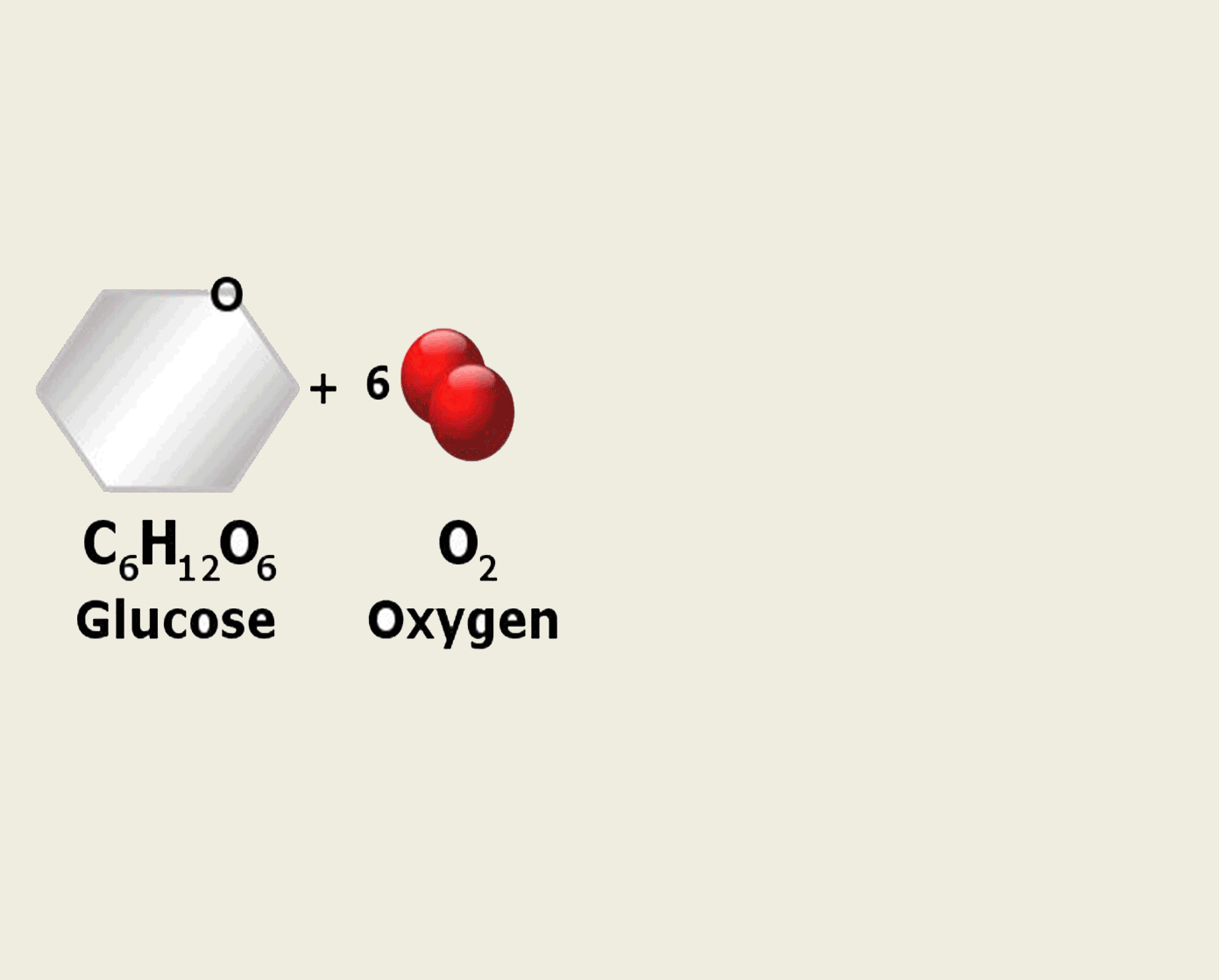Structures in Respiratiory system
Name and identify the lungs, diaphragm, ribs, intercostal muscles, larynx, trachea, bronchi, bronchioles, alveoli and associated capillaries
[Supplmentary] Alveoli
Alveoli is found at the terminal end of the bronchiole. The alveoli is the site of gaseous exchange. Alveolar walls are one-cell thick to facilitate faster diffusion of gases between the alveolar cavity and the blood stream. There is also a thin film of moisture as dissolved gas diffuses faster.
1. Alveolar walls are very thin: only a single cell thick, reducing the diffusion distance.
2. These walls are moist, to prevent the cells from drying out, and to allow the gases to dissolve: making diffusion easier.
3. They have a very high surface area, making it possible for large amounts of gas to diffuse at the same time.
4. They have very steep concentration gradients maintained by the movement of blood and the inspiration and expiration of air.
During gas exchange, oxygen diffuses from the alveoli, across the alveolar membrane and capillary wall, into the bloodstream, to be picked up by the RBCs. Carbon dioxide diffuses from the blood into the alveoli. This causes
Composition between inspired and expired air
Investigate differences in carbon dioxide composition in inspired and expired air
Set up the apparatus as shown in the picture below. We use lime water (Ca(OH)2), because it turns cloudy/ milky when carbon dioxide is bubbled through. How milky it appears is proportional to the amount of carbon dioxide bubbled through it.
Investigate the effects of physical activity on rate and depth of breathing
To measure the rate of breathing, simply use a stopwatch, and count the number of breaths (one breath being one inspiration and one expiration) that the person takes in one minute. You now have the number of breaths this person takes per minute. Physical activity results in an increasing in breathing rate. Physical activity also results in an increase in breathing depth.
In normal breathing, the volume of air breathed in and out is usually about 0.5 litres (this is the tidal volume), and the breathing rate is about 12 breaths per minute.
During exercise, the inspired and expired volume increases to about 5 litres
[Supplementary] Explanation: effects of physical activity on rate and depth of breathing
Breathing rate and depth increase during exercise, so that more oxygen can be absorbed per unit time, as exercising muscles need to respire more to produce more energy.
[Supplementary] Function of mucus and cilliated cells
A thin layer of mucus lines your trachea, bronchus and bronchioles. It is a sticky substance produced by cells called goblet cells. This sticky substance traps dust particles, smoke particles and pathogens.
Cilia are the small finger-like projections found on the cell membranes of the epithelial cells that line the upper respiratory tract. The cells with cilia are ciliated epithelial cells. These cells are found from your nose to your bronchi, and in some bronchioles.
Cilia sweeps mucus up and out of the respiratory tract by a beating motion, and into your mouth so that it can be swallowed into your alimentary canal. This helps destroy any pathogens trapped in the mucus and prevents the build-up of mucus and pathogens in the respiratory tract.
[Supplementary] Function of Goblet Cells
Tobacco Smoking
Tobacco smoking can cause chronic obstructive pulmonary disease (COPD), lung cancer and coronary heart disease.
Effects of Tobacco Smoke
Of the thousands of chemicals present in tobacco smoke, important ones include tar, nicotine and carbon monoxide.
Tar is a carcinogen
Uses of Energy
Muscle contraction, protein synthesis, cell division for growth and the maintenance of a constant body temperature all require energy.
Aerobic respiration
Aerobic respiration is the chemical reactions in cells that use oxygen to break down nutrient molecules to release energy.
Aerobic respiration word and chemical equation
The balanced chemical equation is only for extended syllabus.
